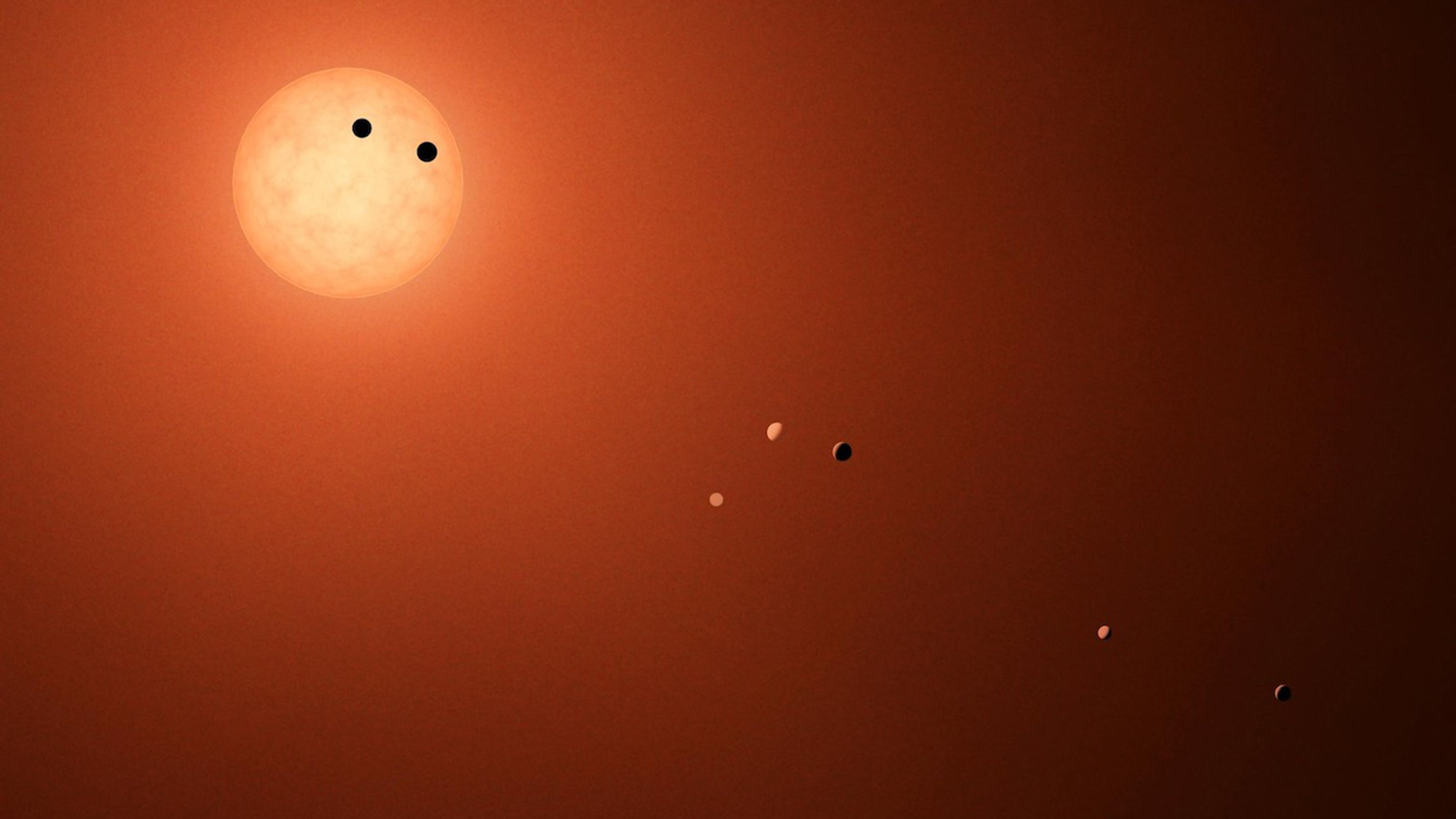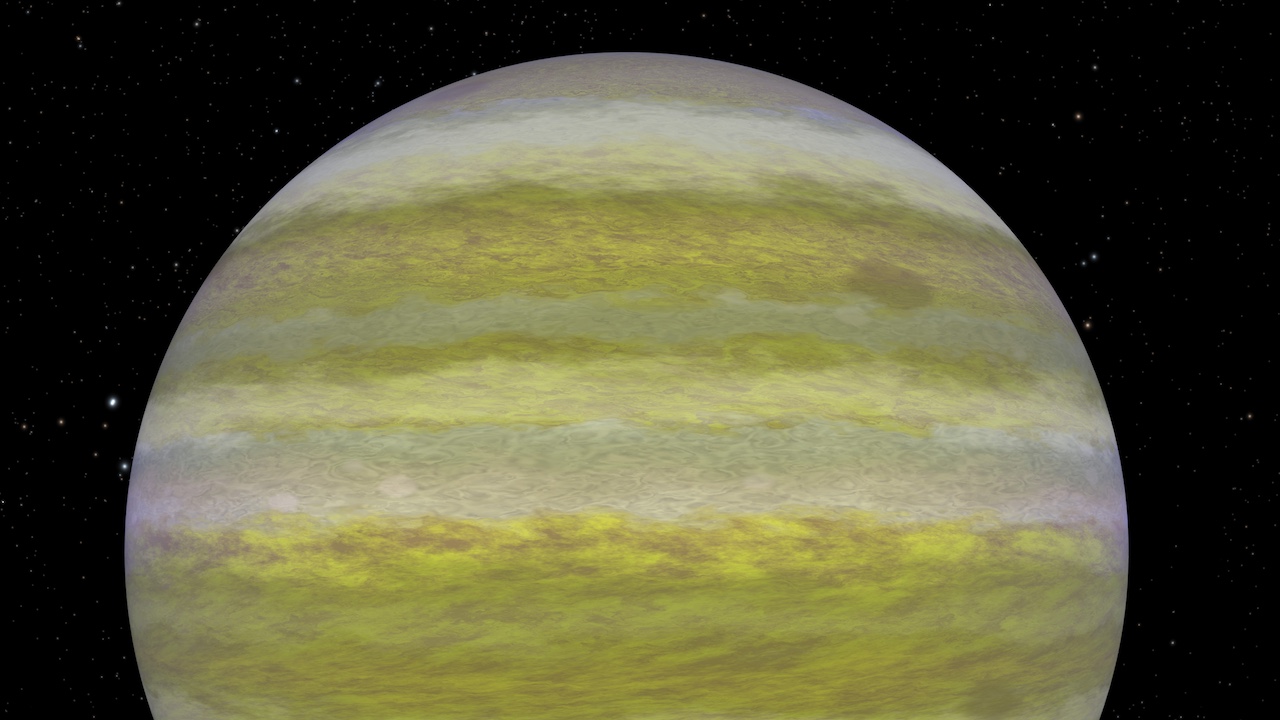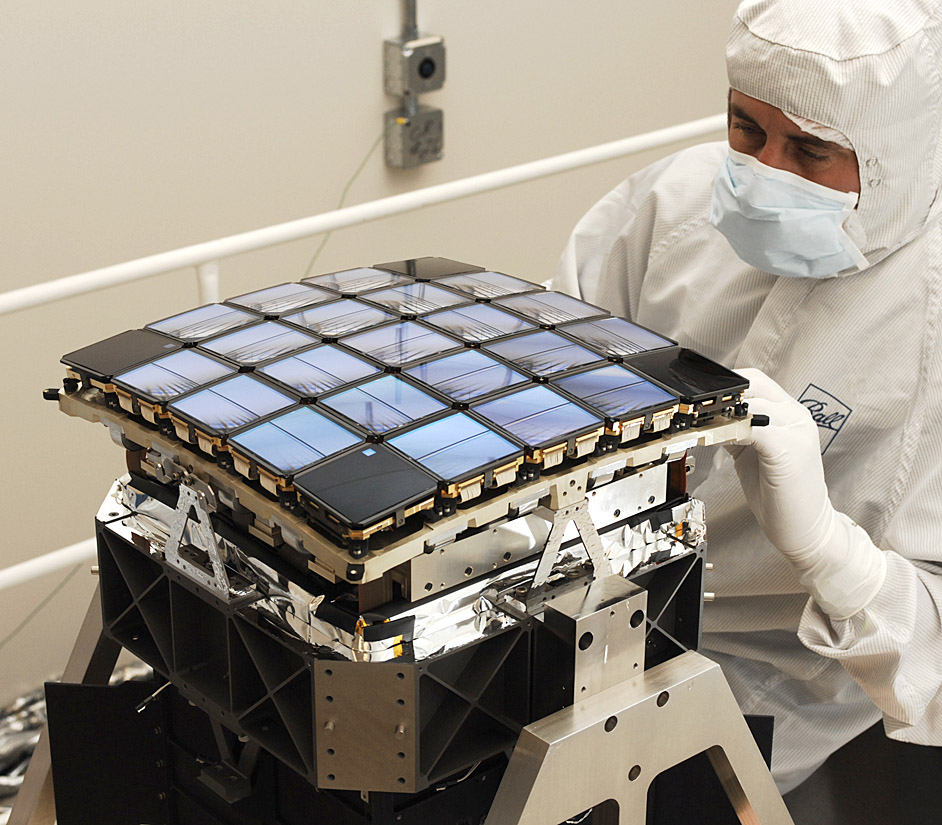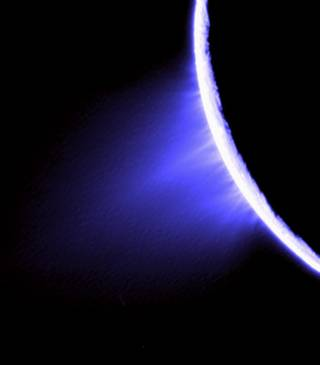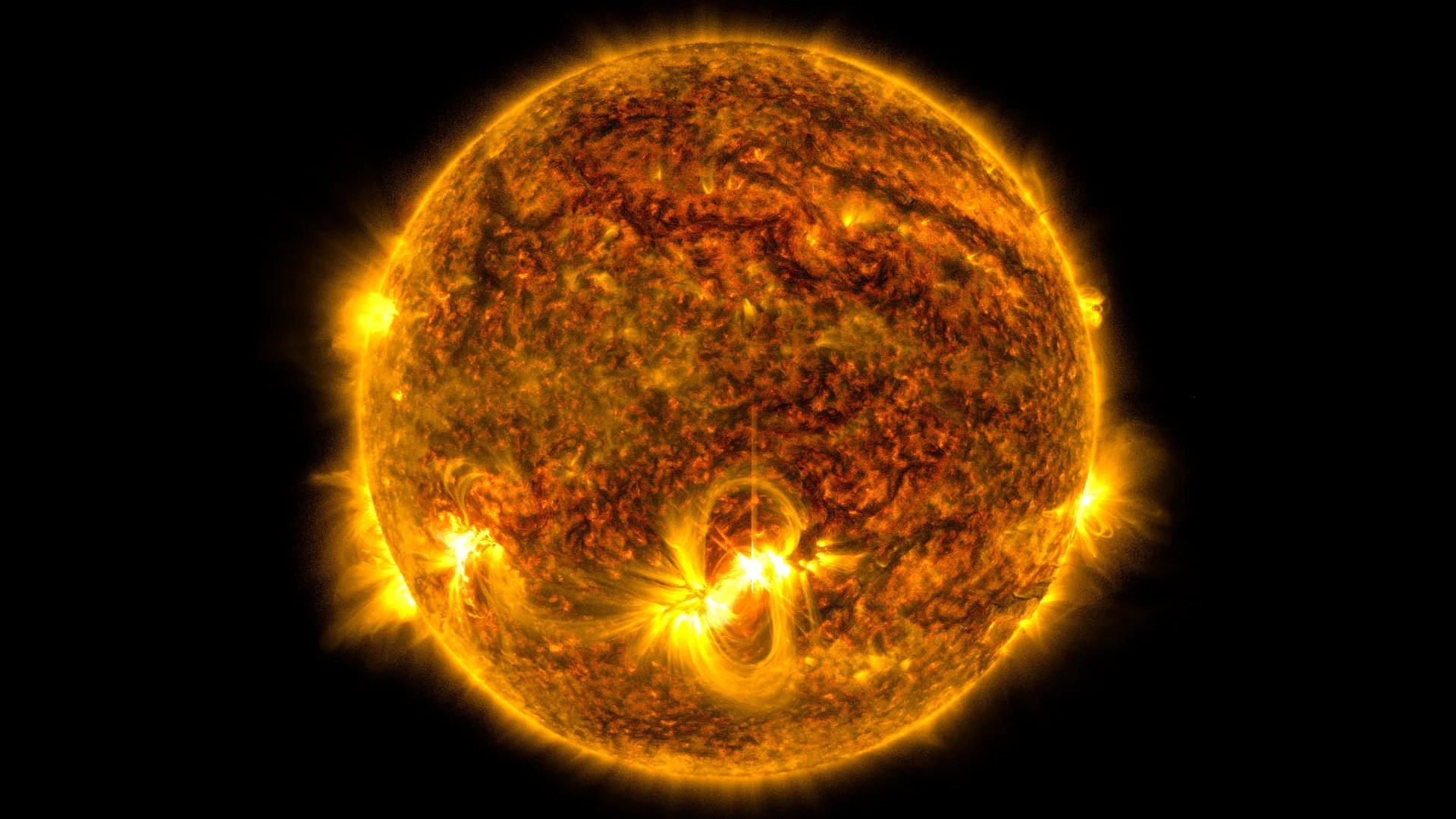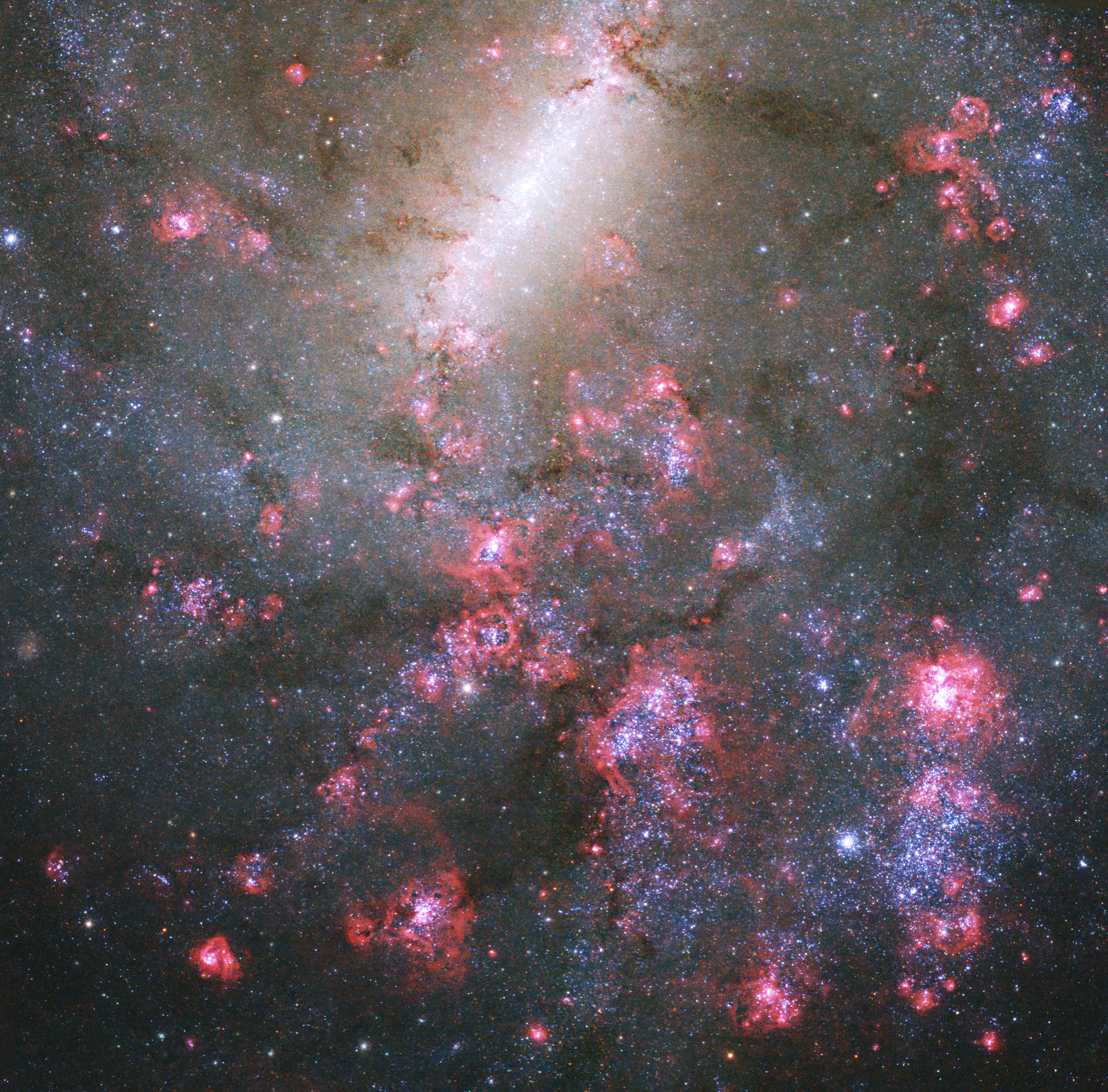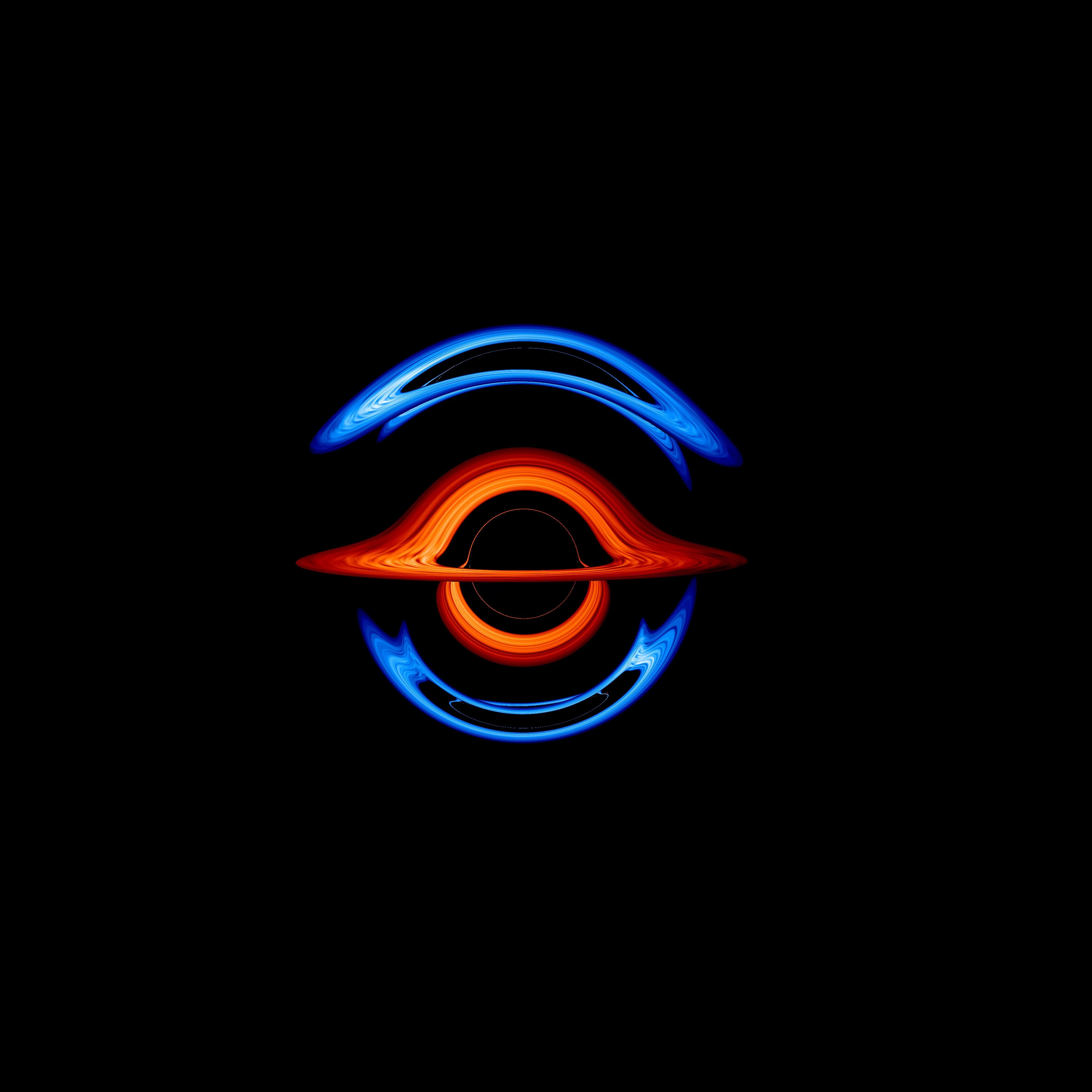2 min read
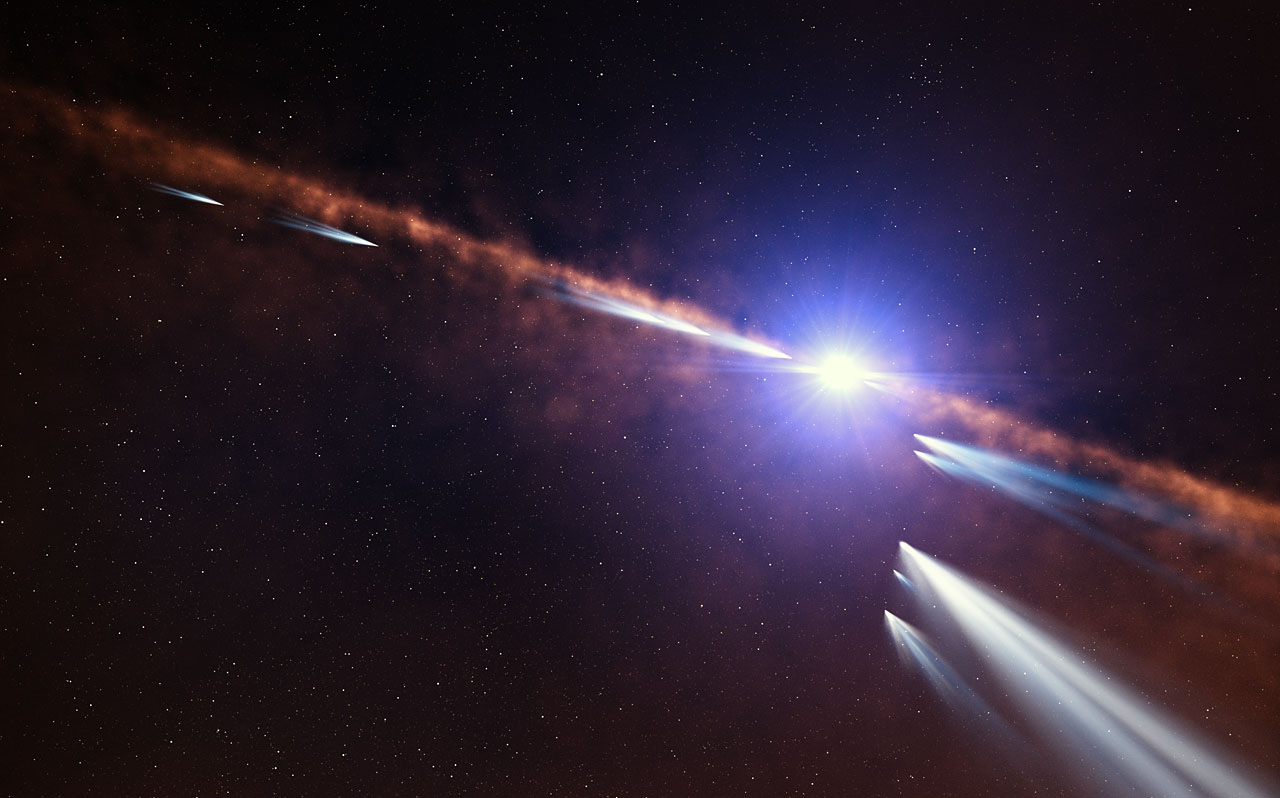
The discovery: An international science team has detected 30 comets in orbit around the star Beta Pictoris – the first time the size distribution of small bodies has been measured in a planetary system other than our own. They are called “exocomets” because they are found outside our solar system.
Key facts: The team used NASA’s Transiting Exoplanet Survey Satellite (TESS) to determine the various sizes of the comets. The nuclei of the comets, or their solid, central portions, ranged between 1.8 and 8.6 miles (3 to 14 kilometers) across. The scientists were able to detect such small bodies at such a great distance by spotting their long tails as they crossed the face of their star.
Details: The range of comet sizes around Beta Pictoris, a star some 64 light-years away from our Sun, is quite similar to those in our own solar system. This might suggest a similar formation history for our system of planets and this not-so-distant neighbor. Both likely involved plenty of collisions and smash-ups as the systems sorted themselves into large and small bodies orbiting their respective stars. The study of the Beta Pictoris comets could yield insights into the early days of our solar system.
Fun facts: Beta Pictoris is probably already familiar to anyone who likes to keep tabs on exoplanets – planets outside our solar system. It is known to play host to at least two planets: Beta Pictoris b, a giant about 11 times the mass of Jupiter, and Beta Pictoris c, only a little less hefty at 9 times Jupiter’s mass. The first was discovered in 2008, the second in 2019.
The discoverers: The exocomet discovery team was led by Alain Lecavelier des Etangs of the Paris Institute of Astrophysics, part of the National Center for Scientific Research (CNRS) in France. The team of astronomers from France, Brazil, and the Netherlands published its findings April 28 in the journal, Scientific Reports.

